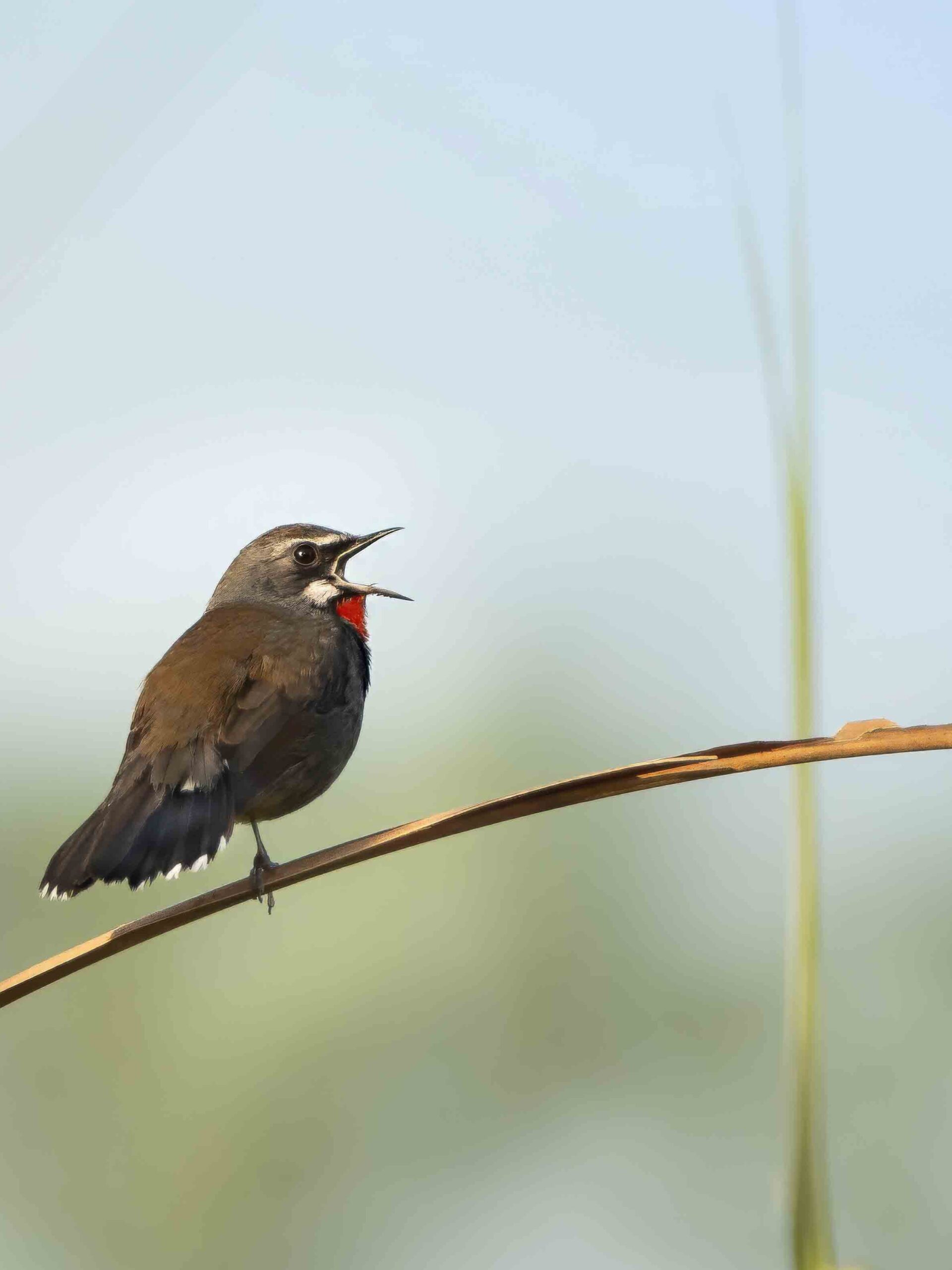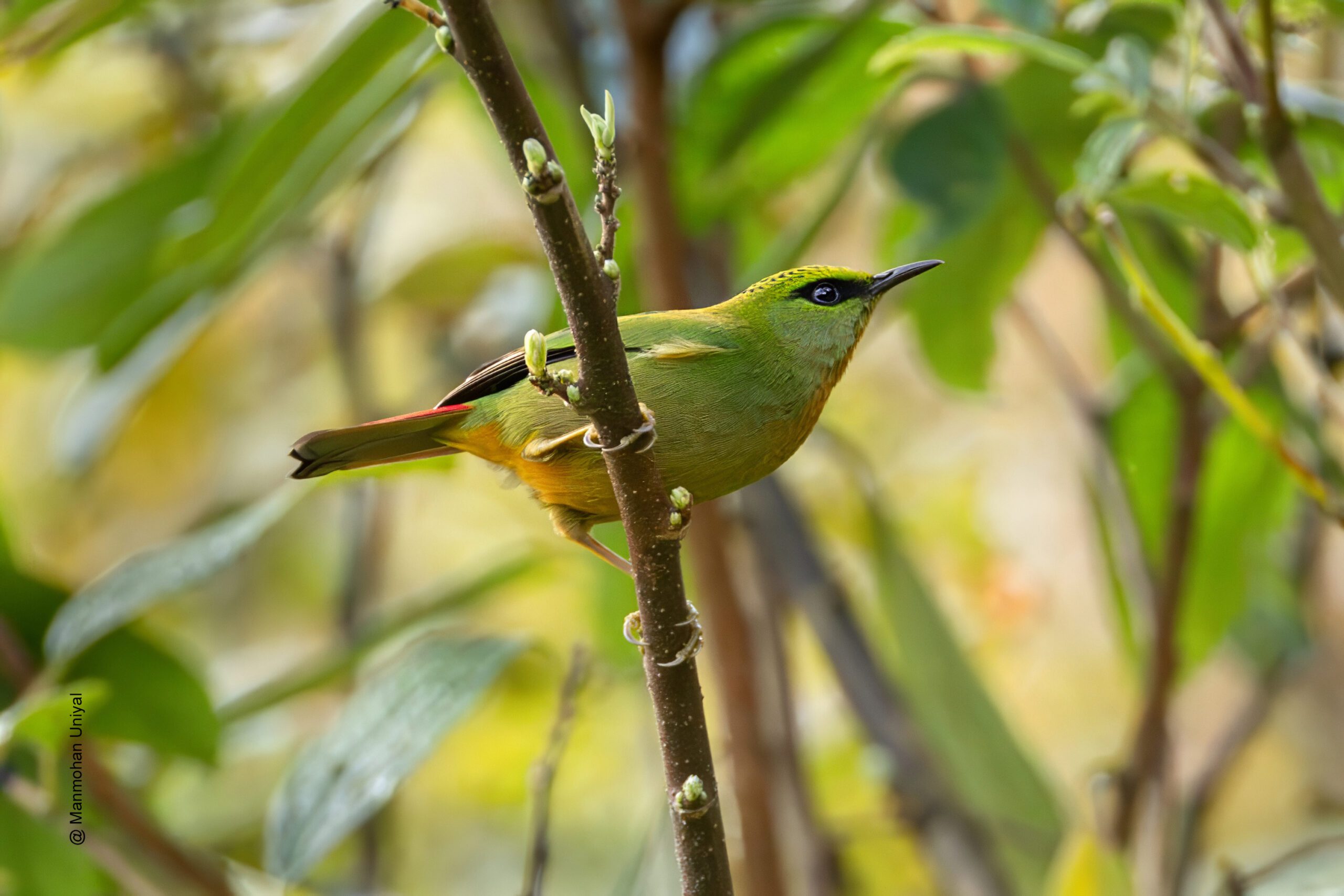History of Mishmi
The name “Mishmi” in Mishmi Hills comes from the Mishmi tribes, the indigenous people of the region. The Mishmi people are an ethnic group living in the northeastern part of Arunachal Pradesh, India, and parts of Tibet and Myanmar.
—
The Ultimate place for birds
With a bird count of more than 500, Mishmi Hills is a haven for bird photographers, nature lovers and bird watchers. Mishmi Hills, located in Arunachal Pradesh. A Mishmi Hills tour, typically covers the low land Roing at the altitude of 1,280 feet to being with and then high altitude area of Myopia pass, This tours covers a great, landscaping from grass lands to typical woodland.
—
Getting to Mishmi Hills
Travelers typically fly to Guwahati and then embark on a road trip to Roing, the gateway to the Mishmi Hills. Roing, surrounded by lush greenery and vast grasslands, is the perfect base to explore the diverse birdlife that thrives in both the lowlands and the hilly terrains.
—
Roing: A Blend of Grasslands and Forest Birding
The grasslands near Roing provide exceptional birdwatching opportunities, featuring an array of rare and striking species, such as:
Chinese Rubythroat
Chestnut-crowned Warbler
Black-breasted Parrotbill
Chestnut-capped Babbler
Black Stork
Each sighting in the open grasslands feels like discovering a hidden gem, as these birds are often elusive and blend seamlessly with their surroundings.
 Chinese Rubythroat- Roing
Chinese Rubythroat- Roing
The key species found here include:
Gray-chinned Minivet
Golden Babbler
Rusty-fronted Barring
Orange-bellied Leafbird
Streaked Spiderhunter
Cachar Wedge-billed Babbler
Fire-breasted Flowerpecker
Long-tailed Sibia
Birdwatchers often find themselves mesmerized by the melodies and vibrant plumage of these species as they navigate the dense canopy.
 Black-breasted Parrotbill
Black-breasted Parrotbill
—
Mayodia Pass: High-Altitude Birding Paradise
Perched at an elevation of 8,000 feet, Mayodia Pass is a treasure trove of high-altitude avifauna. Spending a few days here allows visitors to fully immerse themselves in its rugged beauty and spot some remarkable bird species:
Wedge-tailed Green Pigeon
Short-billed Minute
Yellow-browed Tit
Green-backed Tit
Chestnut-headed Tesia
Mishmi Wren Babbler
Manipur Fulvetta
Silver-eared Media
Red-tailed Minla
Black-faced Warbler
Darjeeling Woodpecker
Daurian Redstart
Eurasian Jay
Yellow-billed Blue Magpie
Little Bunting
The cooler climate and varied vegetation of Mayodia Pass create the perfect conditions for encountering some of India’s most sought-after high-altitude bird species.
 Cachar Wedge-Billed Babbler
Cachar Wedge-Billed Babbler
—
Best Time to Visit
The ideal time for birding in Mishmi Hills is between November and February when both resident and migratory birds are present in abundance. May to September are rainy months and should be avoided.
—
Essential Birding Gear
The particular challenges for bird photographers can be, low lighting conditions due to dense forests, sudden rains and moderate walking. We recommend to be mindful of carrying,
Binoculars
Camera with Zoom Lens: A telephoto lens (minimum 400mm, preferably 600mm) ensures detailed captures, even in low light conditions.
Rain Covers: Be prepared for unexpected showers. Additionally, camera covers are recommended to protect your gear in case of rain.
—
Plan Ahead
Being not so explored, this place needs planning in advance, due to limited direct flights, limited accommodations, in-line permits and good on-field naturalists. We recommend to:
Plan early: Booking in advance is highly recommended, as entry permits are required for Arunachal Pradesh.
Book your travel in advance: You may face challenges when booking direct flights from your location. However, Guwahati is well-connected by rail, making train travel a convenient alternative
Go with Professionals: Going through a professional company enhances the over-all experience and chances of spotting rare birds.
—
📩 Contact us today to book your Mishmi Hills Birding Tour and witness the avian wonders of Arunachal Pradesh firsthand!

